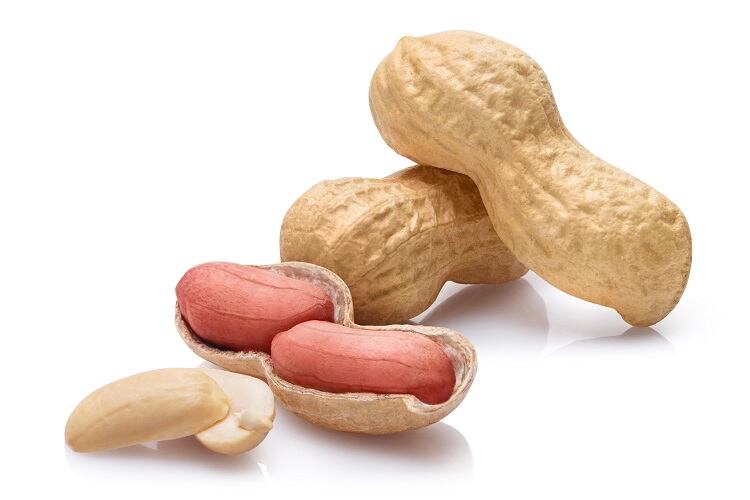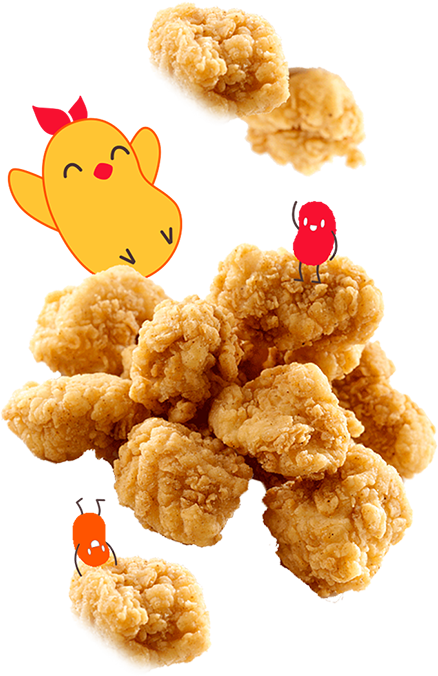Globally, an estimated 50 billion chickens are consumed each year. Asia is responsible for more than one-third (37%) of that demand, where fried chicken is a popular food choice.
While the dish is consumed the world over – the global fried chicken market is worth an impressive $2.4bn (5.4% CAGR) – founder and CEO of Shanghai-based Haofood, Astrid Prajogo, has noted its particular popularity in China. Of the 150,000 restaurants in the start-up’s home city, for example, Prajogo estimates 20% have fried chicken on their menu.
At the same time, a significant number of people in China is interested in plant-based alternatives. An estimated 39% of Chinese are attempting to reduce their meat consumption “because they know meat such as broiler chicken is not good for their health”, said Prajogo, and 62% are open to plant-based alternatives.
However, the Chinese population is ‘not fully satisfied’ with the plant-based offerings currently available, the Haofood CEO told delegates at ProVeg Incubator’s Startup Demo Day last week.
The star ingredient: peanut protein
Having interviewed ‘foodies’ in China to find out more, Haofood concluded that consumers are looking for greater innovation in the plant-based space. “Until now, plant-based meat has been based on soybean,” said Prajogo. “The taste and texture reminded them of tofu.”
This may be less of a concern in Western countries, where tofu is not a mainstay of traditional diets. “In China, we eat tofu…every day,” explained the founder. Therefore, consumers are expecting a ‘totally different experience’ from plant-based meat alternatives.

“When we started our first product development, our main goal was to have a product [completely different] from the tofu meat experience,” Prajogo continued. Having tried and tested a wide variety of proteins, Haofood determined that peanut protein was best suited to the task at hand.
The ingredient is high in protein and fibre, contains zero cholesterol, and is a source of vitamins and minerals, including biotin, copper, niacin, folate, manganese, vitamin E, thiamine, phosphorus, and magnesium.
Further, peanuts are the most water efficient nut, said the CEO. “It uses less fertiliser compared to any other plant protein crop [and] the allergen level towards peanuts in China and Asia…is very low.”
The start-up’s products also contain flaxseed oil, corn oil, curdlan gum and gellan gum.
Haofood uses proprietary methods to create modified textured peanut protein, for which it has submitted three patent applications. The start-up says this method enables the creation of ‘much better’ products than its competitors.
These products have ‘superior texture’ and ‘taste like chicken meat’, Prajogo elaborated, adding that its technology is ‘much more affordable’, and contains omega-3 – ‘just like real chicken’.
Commercialisation plans
Haofood has achieved a significant amount in a relatively short time, given that the start-up was founded just last year.
Since that time, the company has completed its first stage of product development – its line includes plant-based alternatives to chicken nuggets, chicken chops, and popcorn chicken – and has closed a pre-seed round worth $325,000.
It also recently came to the end of a three-month stint at the ProVeg Incubator, headquartered in Berlin, Germany.

Looking forward to Haofood’s five-year plans reveals ambitious objectives. This year, the company is rolling out its product into foodservice, where it plans to drive growth with co-branding and co-creation.
One year from now, the start-up plans to sell into e-commerce, with retail and supermarket channels following in January 2023. By 2024, Haofood plans to be EBIDTA positive, and by 2025, it estimates a revenue of $71m.
As its retail channels expand, so too will its product range, suggested Prajogo. Currently, Haofood is making plant-based, unstructured fried chicken alternatives. However, “five years from now, we want to offer you every part of the chicken,” she said. This means chicken filets and structured products with ‘bones’. NPD will eventually also include chicken organ alternatives, which the CEO explained has a ‘great market’ in China.

Haofood also plans to build its own production facility, which the CEO described as ‘absolutely essential’ to the company’s future growth. “Right now, we are still using co-manufacturing. However, we need to start considering [building our own site] from now, so that we can really focus on...the quality of the product we want.”
By this stage, the company will be using its own unique processing method built on wet extrusion technology. The company is also ‘open’ to other types of technology, such as fermentation. Having its own facility, run by its own staff, will also ensure Haofood ‘protects all its key secrets’, we were told.
Market expansion
This year, Haofood plans to focus all its energy on the Chinese market, where it says the government is ‘very supportive’ of plant-based and is ‘pushing the segment to grow’.
From there, the company wants to focus on the South East Asian market, where similarly to China, peanut allergies are ‘still not a problem’. The same cannot be said of Western countries, where it is one of the most dangerous food allergies – with incidence between 1-3%.
If and when Haofood decides to expand beyond Asia into the US and Europe, for example, Prajogo said the company would have to ‘consider the needs’ and ‘dietary profile’ of consumers in other parts of the world.
From a price perspective, the CEO is convinced Haofood can offer ‘much more’ affordable pricing compared to its competitors thanks to its short ingredients list. Scale is also a key factor, she elaborated. “In China, the key is volume. Our aim is to have a healthy profit margin, but not to position ourselves as ‘too expensive’ from the beginning, therefore consumers can access us better.”
The start-up is now working to raise $1.5m to help reach its 2021 goals of selling into 300 restaurants and developing its own protein and wet extrusion processes.


